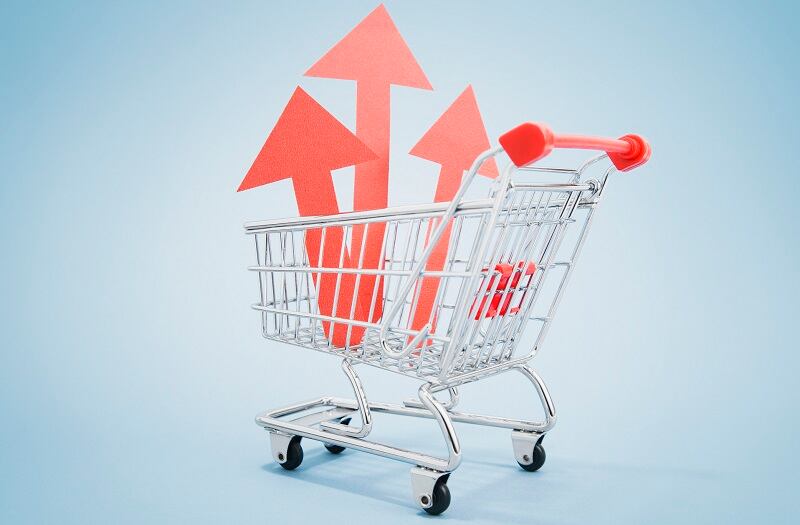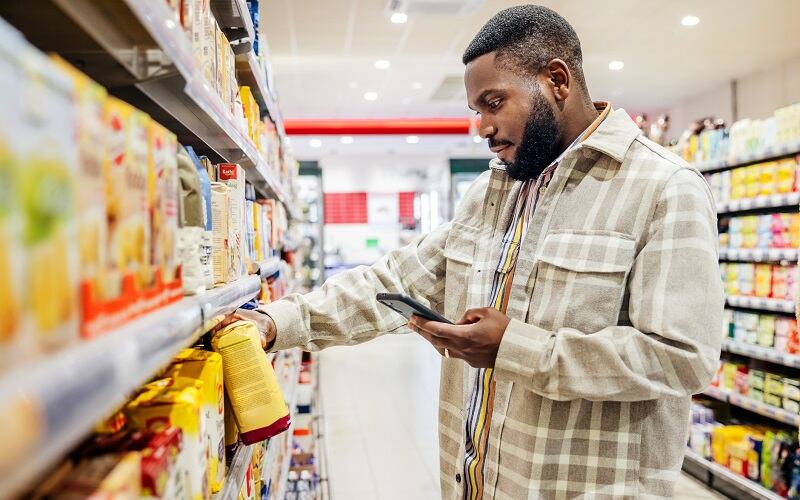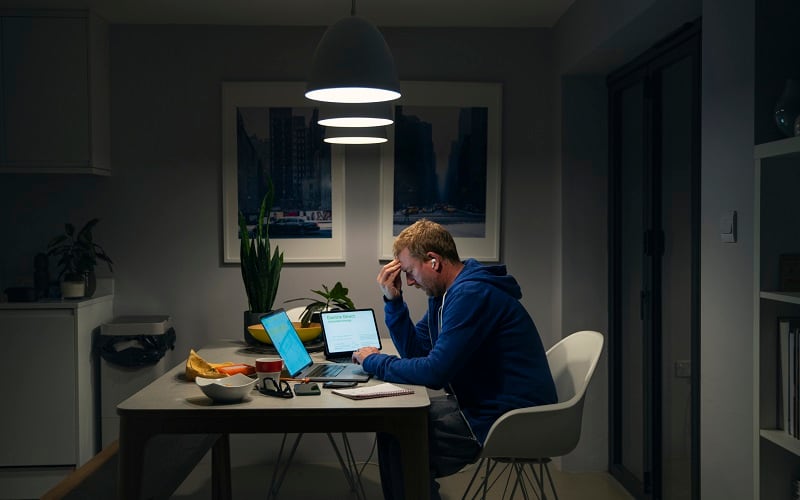“The shoppers [are] feeling like they're in a recession, so they're acting a lot like they're in a recession because even though our inflation numbers are slowly receding to that [2-4%] range, that's on top of very aggressive inflation a year ago, 16 months ago. So, we're really in that for the long haul," he said, adding that consumers likely won't feel more confident about spending until their income level starts to appreciate and absorb the extra costs.
Consumers feel like they are in a recession, turn to private label
The shift to private label has picked up steam this year, with 96% of 1,039 US consumer surveyed saying that they are buying store brands occasionally with 46% saying they mostly buy private brands, according to recent FMI data.
“If you're not thinking about private label, as a brand, I can guarantee you your retailer is. ... Private label is a huge player in most categories," Zurek said.
How student loans, hybrid work will reshape the future of retail
In addition to inflationary pressures, Gen Z consumers will enter their workforce with more debt than older cohorts as student loans continue to increase, creating even more economic pressure, Zurek explained.
Recently, many consumers have re-started federal student loan payments, which were paused during the COVID pandemic, with 49% of consumers saying they were extremely concerned about their ability to maintain their current budget because of the payments, according to 84.51° data.
“Not all of [Gen Zers] are in the economy. About half of them are not working age, so they're going to be coming online, but by 2030, they will all be here, and they will all have some role to play in the economy... They are also going to be the most debt-ridden. Fifty-six percent of them say they're going to go to college, guess what those 56% are going to have some student-loan debt, unless they're gifted in education.”
Regardless of age, many consumers have adjusted to hybrid working at-home and in-office, which will also have an impact and what and how consumers shop, Chernofsky shared during the presentation.
Historically, consumers that needed to make a trip to the grocery store had to do it after work, and now because of work from home, they can make a trip during the day, which can change how retailers and grocers think about peak hours and targeting consumers with promotions, he explained.
“We have three modes. We have weekend, weekday, and weekday from home. ... Weekday from home is significant, not just because my commuting patterns have changed but because all of a sudden, what if I kick off my day at eight o'clock, and at 10 o'clock, I say, ‘You know what, I'm going to run to the grocery store for an hour.’ And now I can go at 10 am on a Tuesday, and I'm a little bit more relaxed and a little bit more oriented towards my list. I'm getting inspired by what's around me, and I'm thinking a little bit more about the shop itself and the discovery within that shop."
Additionally, as consumers go into the office less and rely on more ecommerce, brands that benefited more from in-store visits will be under incrased pressure, Zurek said.
“If you're a brand that lives and dies by impulse, you don't have that shopper standing at the checkout [counter] and looking at gum and candy and those kinds of things. How are you going to be influencing those kinds of purchases within an omni or an online experience?,” Zurek said. “Some of that could be mitigated, if we start moving into the metaverse and we start buying things ... through games, or we're buying them through headsets, and we start shopping virtually like we would shop physically.”




